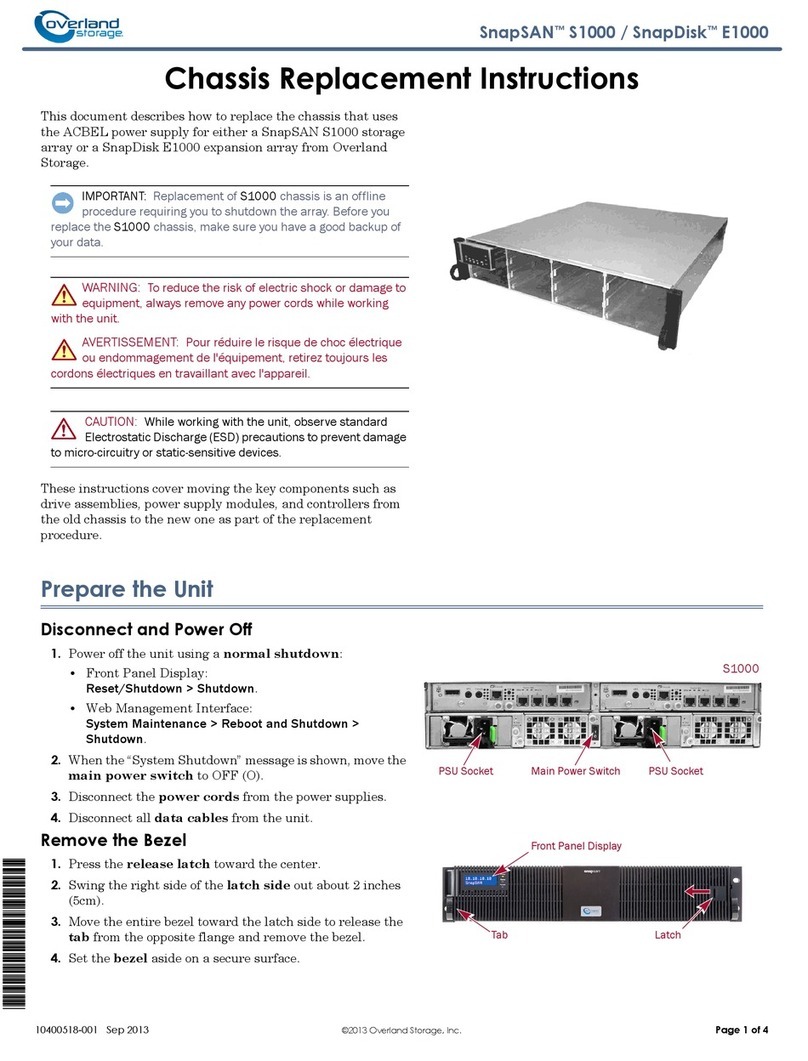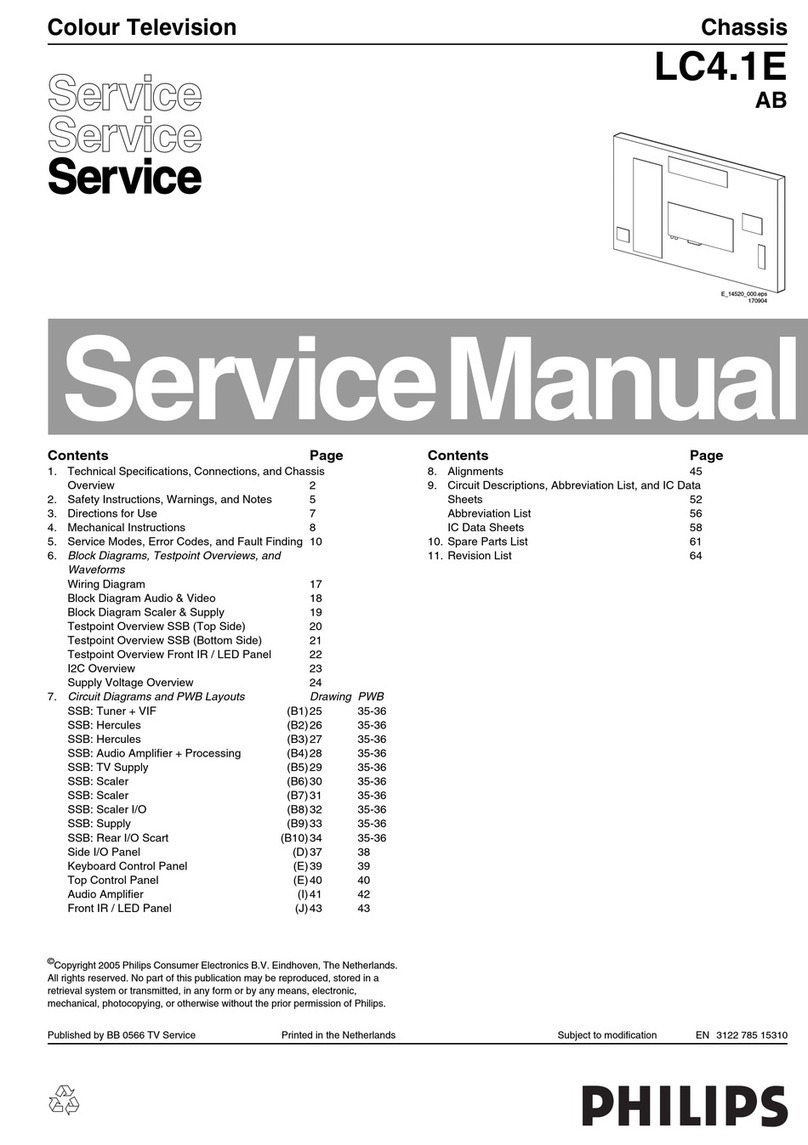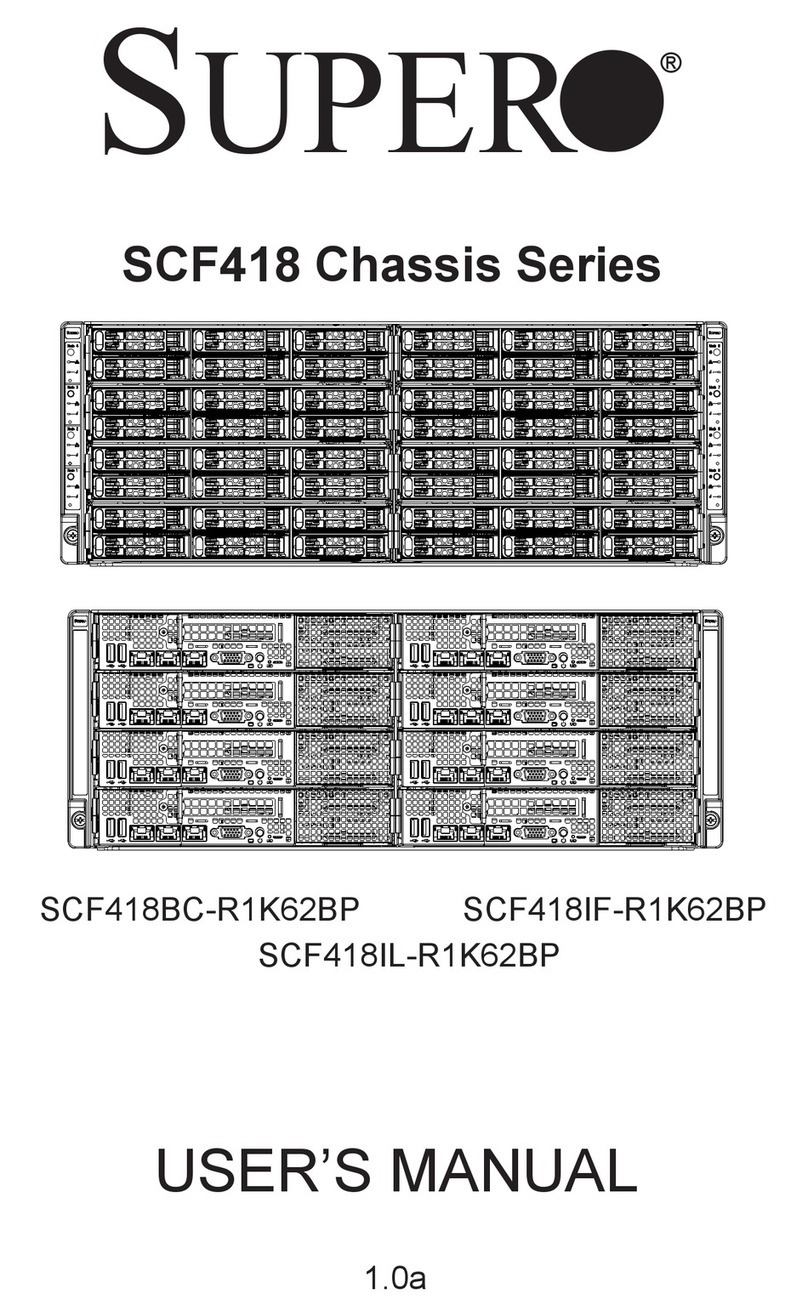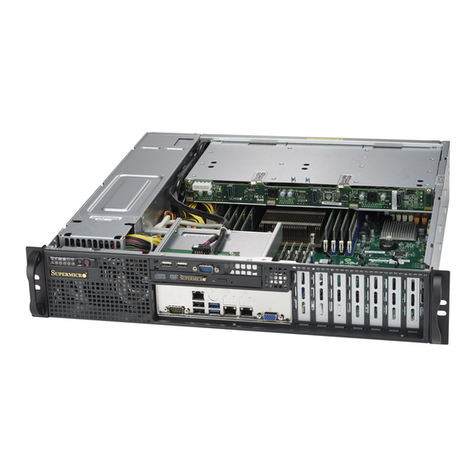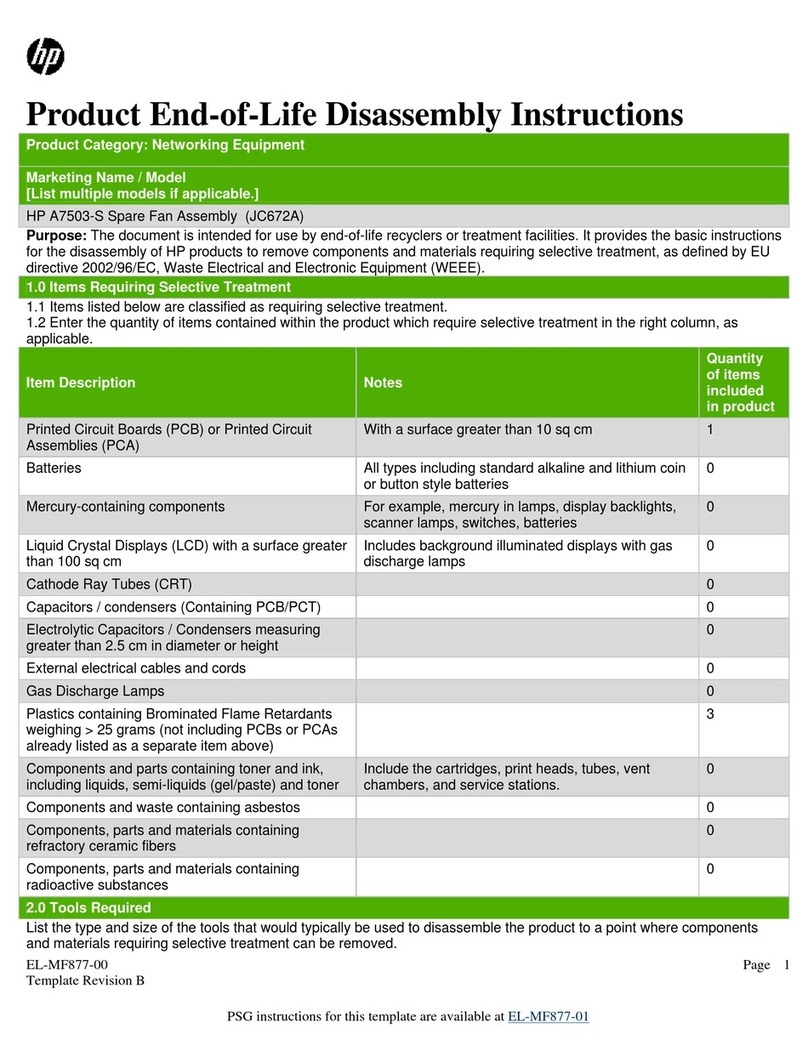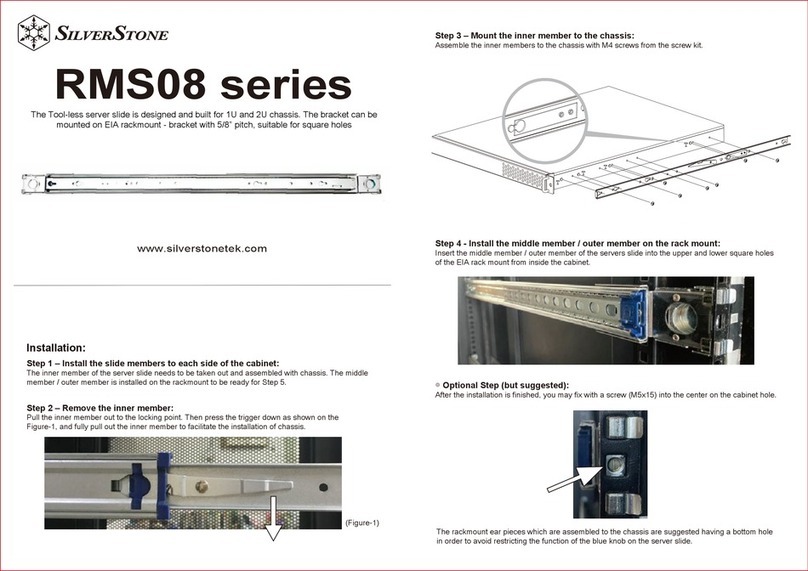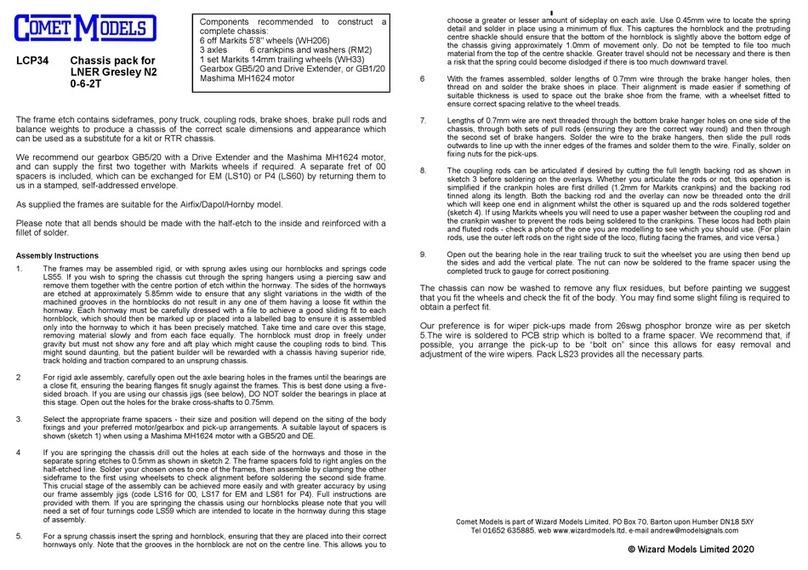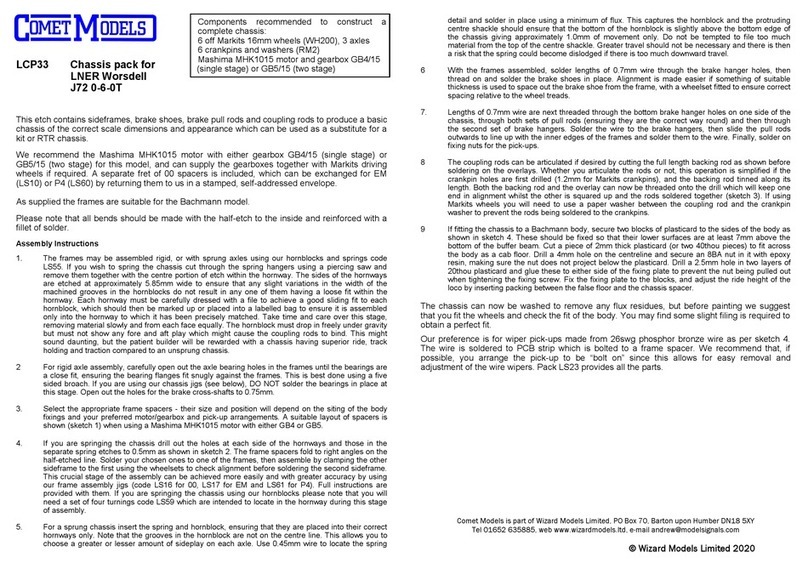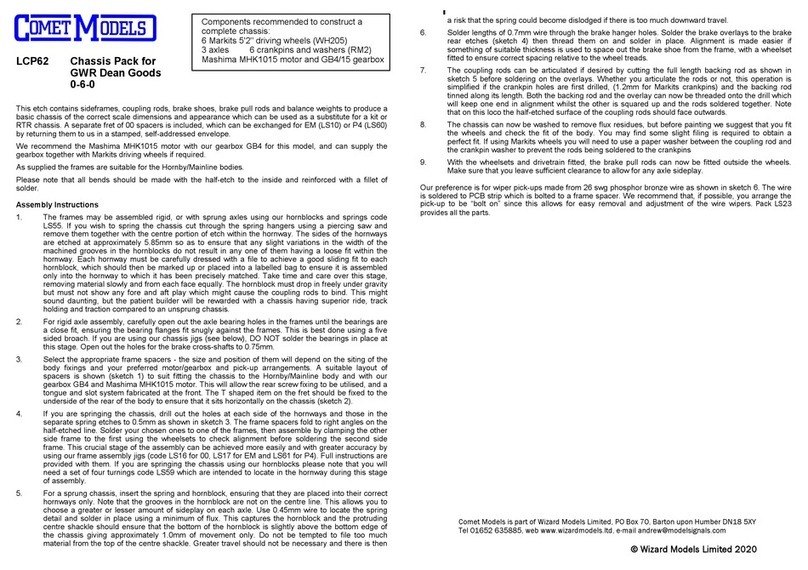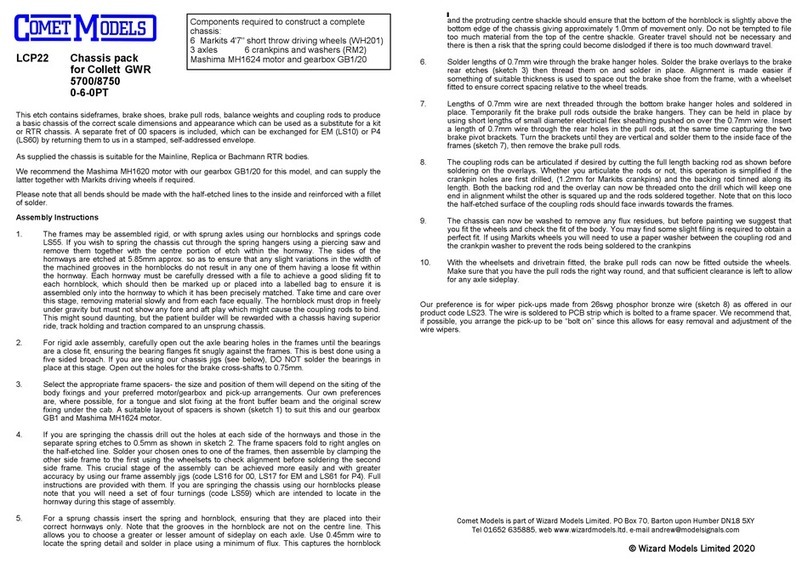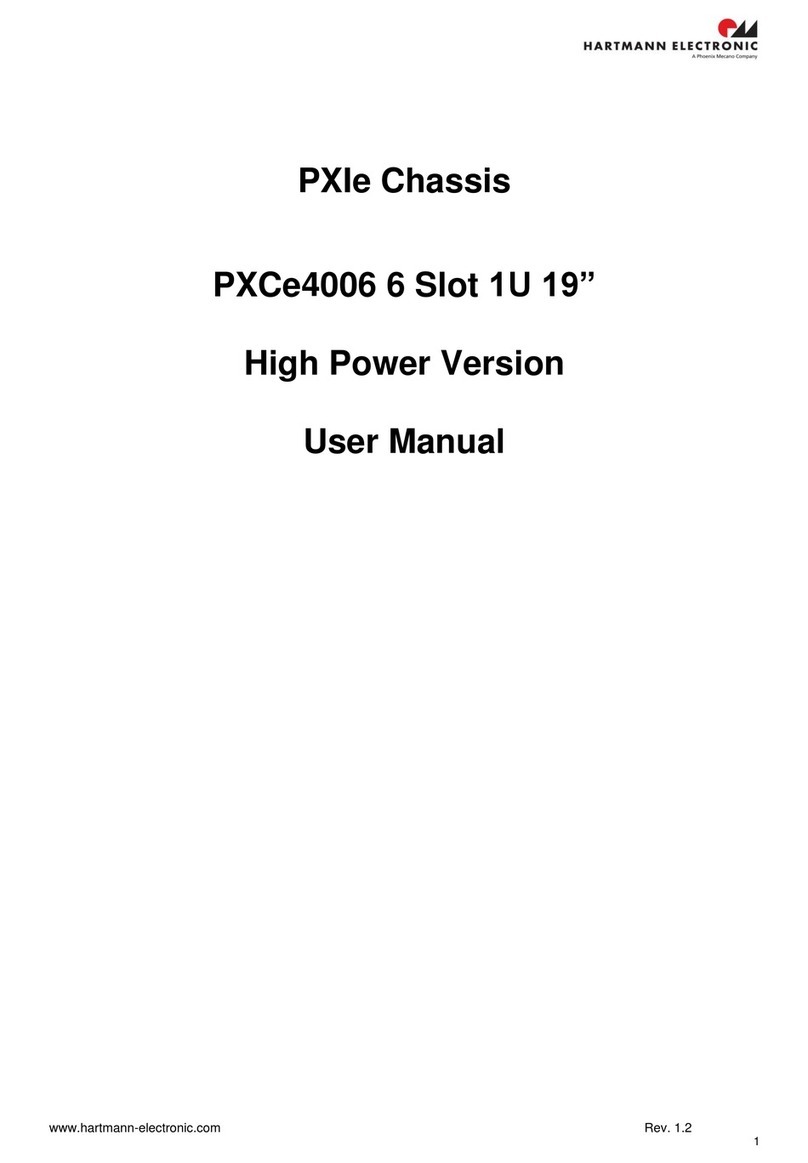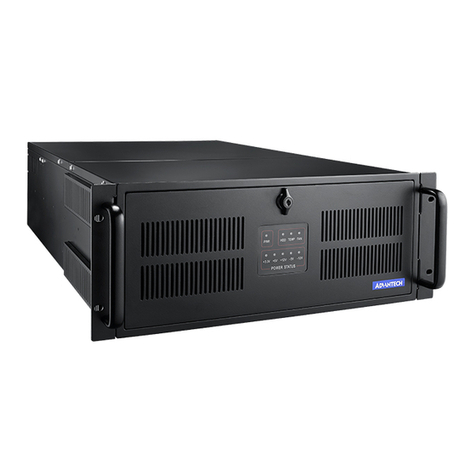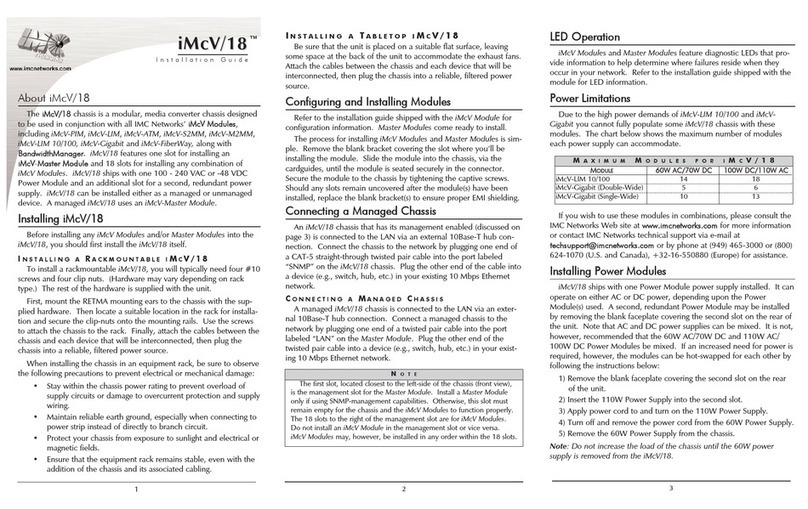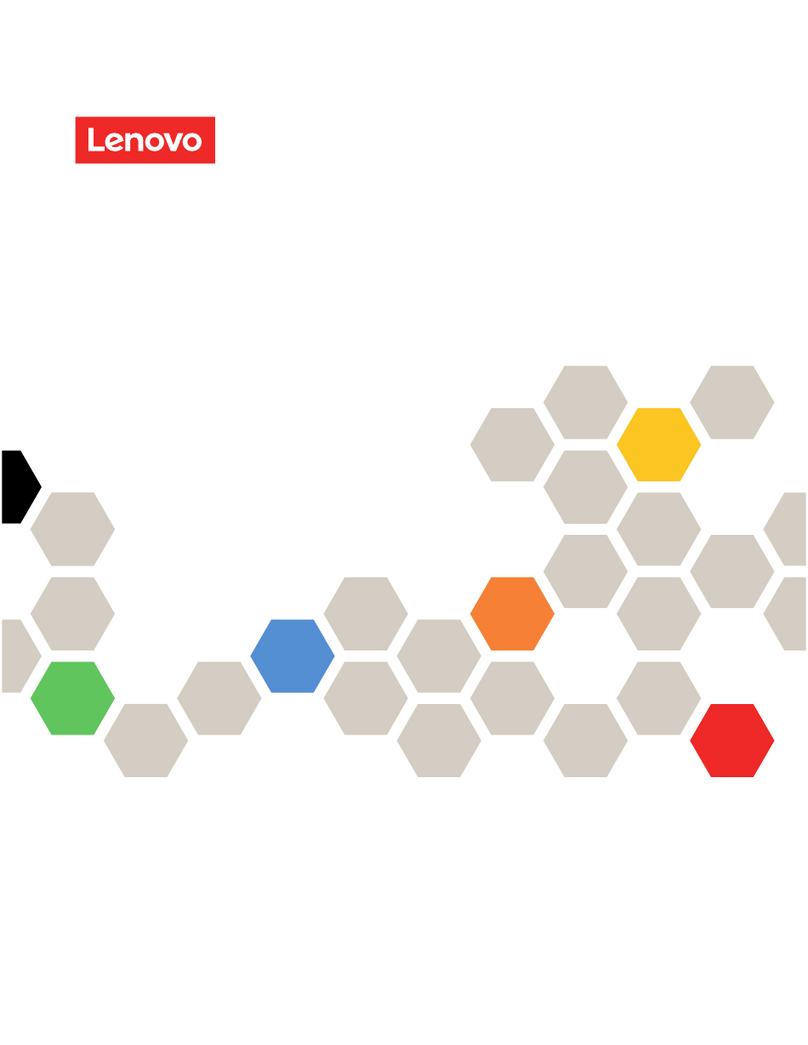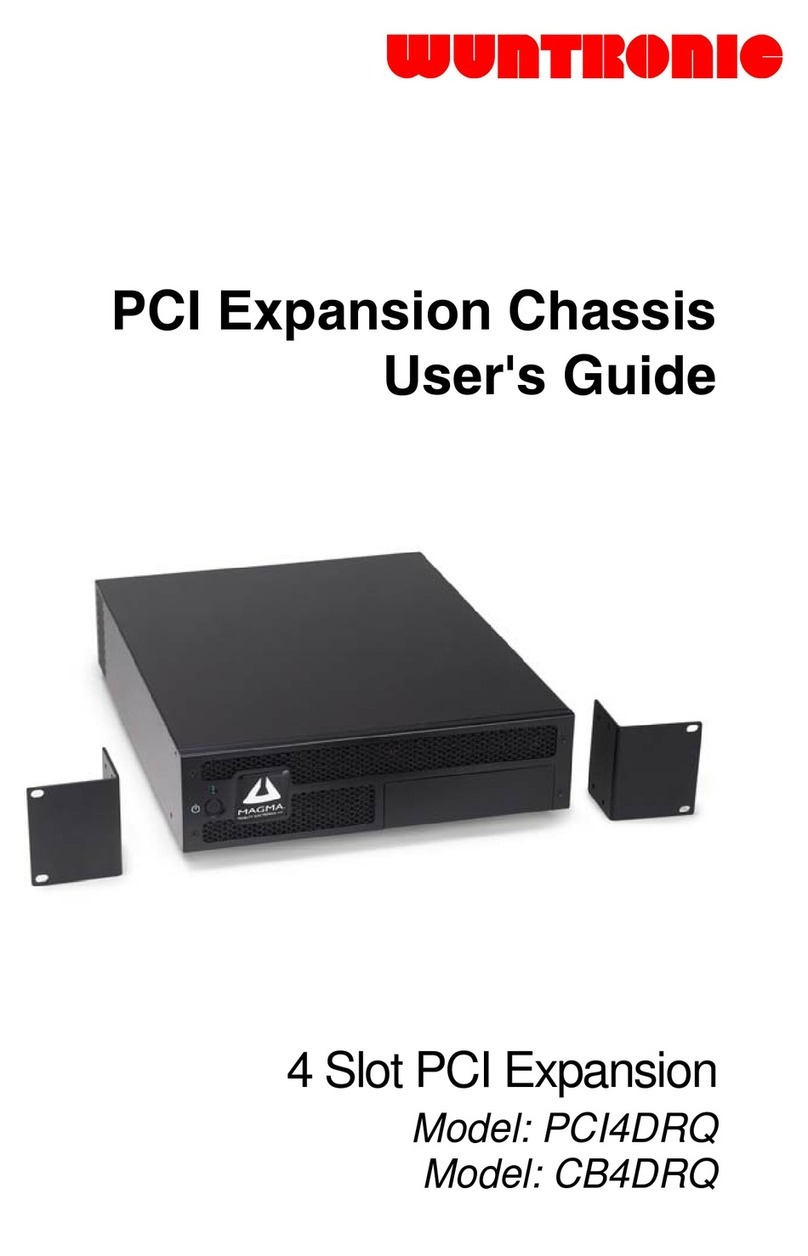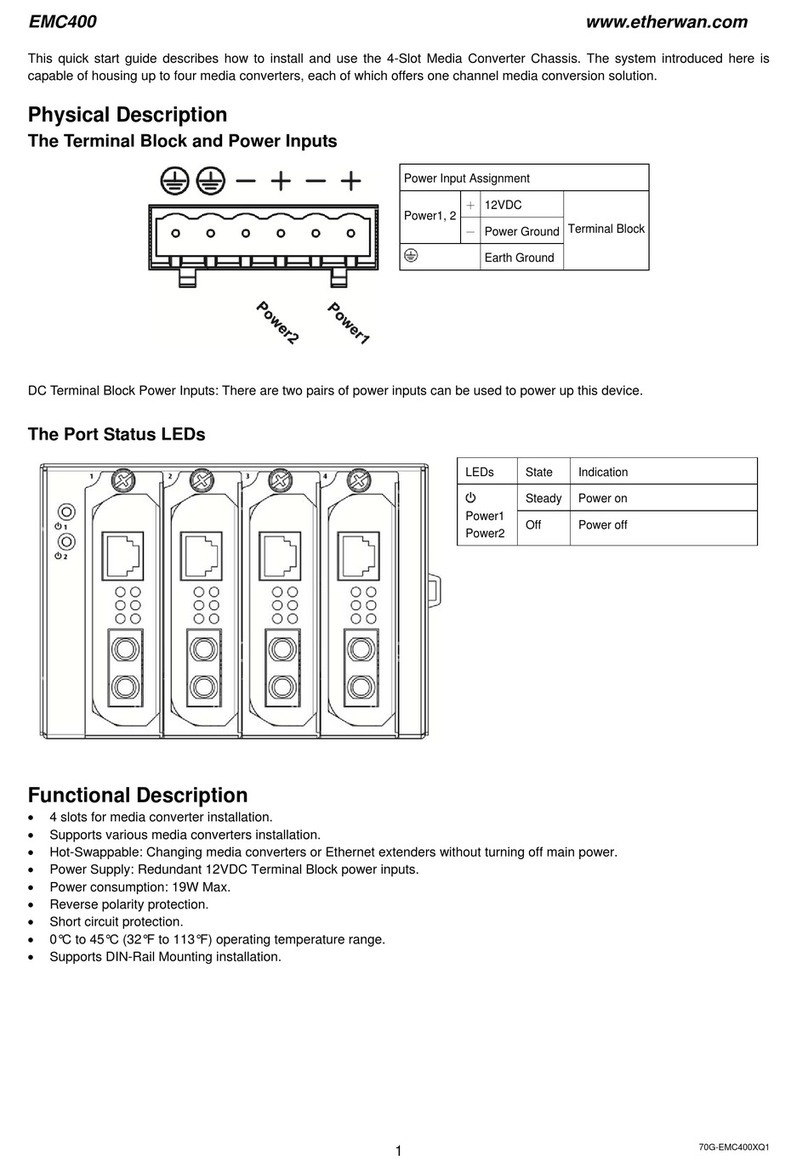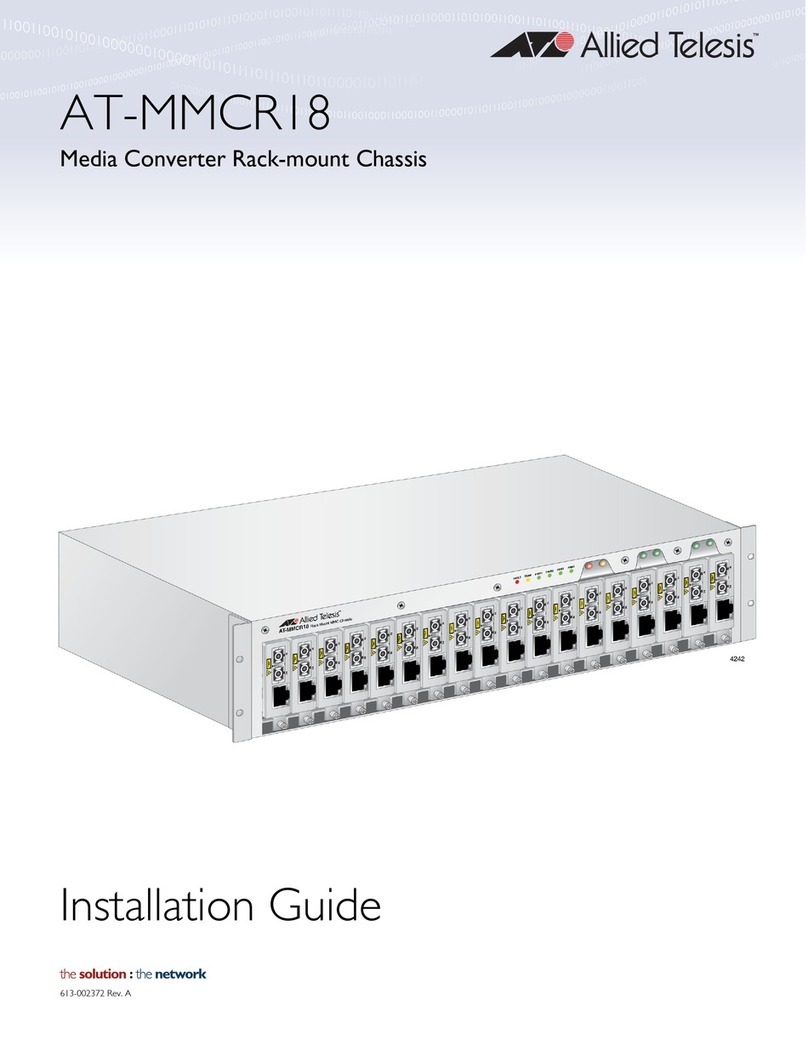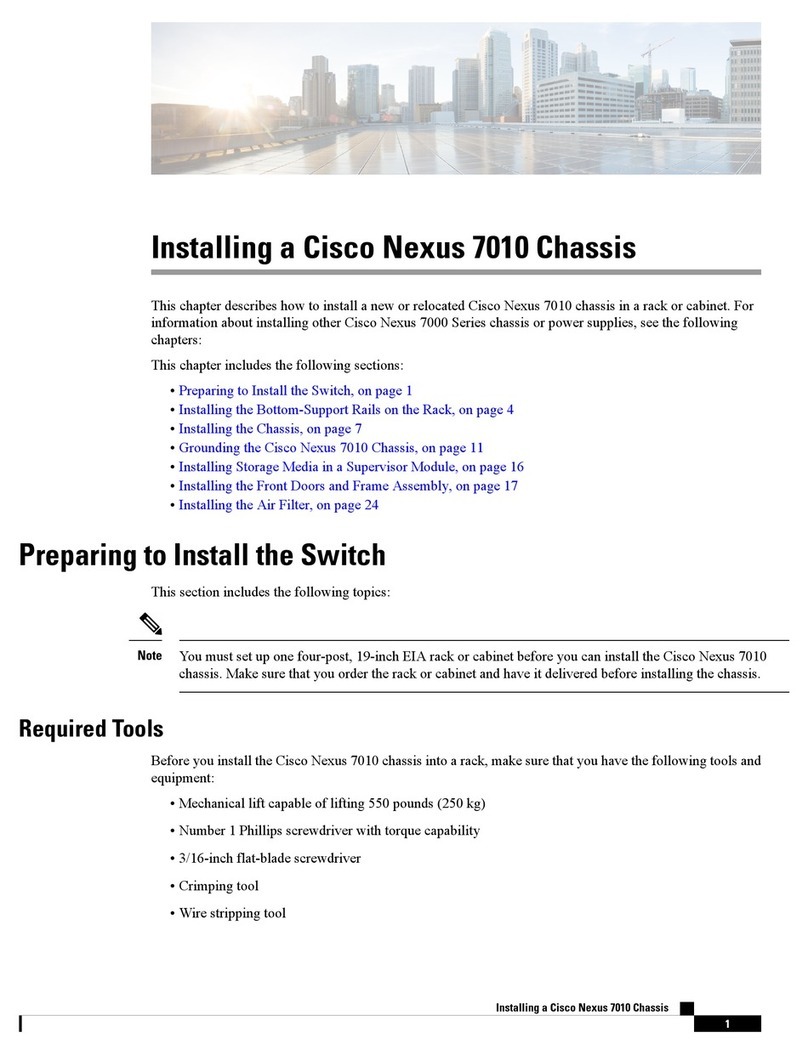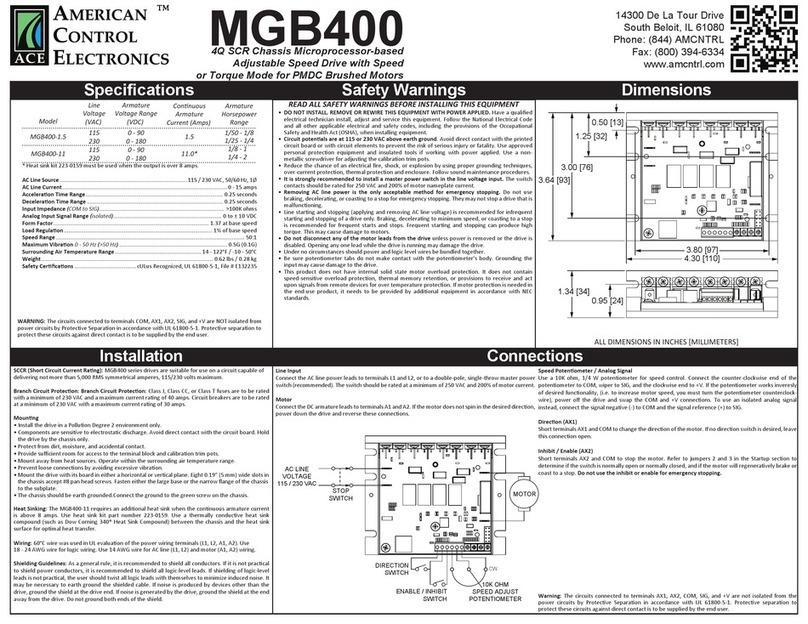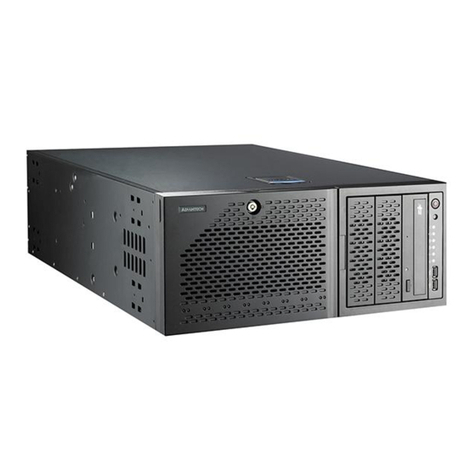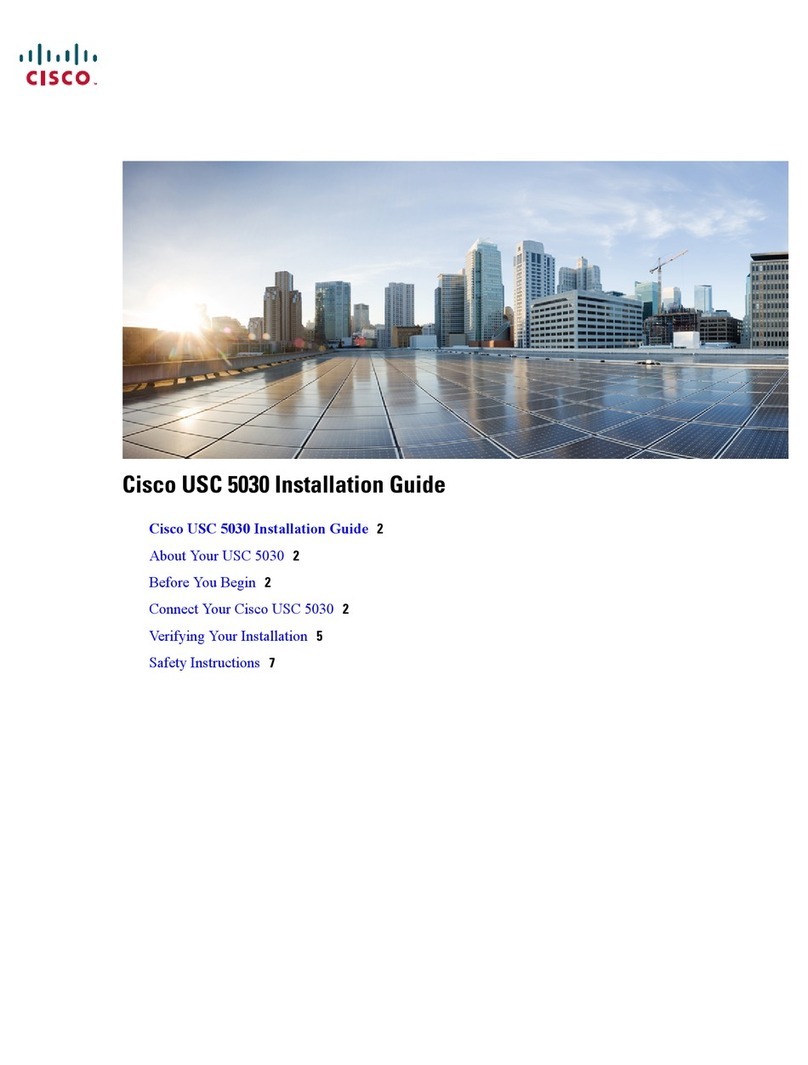
give the exact height required. Temporarily fit the driving wheels to check the ride height. You might
need to remove some material from inside the rear splashers under the cab if the wheels have
overscale flanges. Solder the spacers to one side of the chassis then assemble by clamping the
other side to the first using the wheelsets to check the alignment before soldering the second side
frame. This crucial stage of the assembly can be achieved more easily and with greater accuracy by
using our frame assembly jigs (code LS16 for 00, LS17 for EM and LS61 for P4); full instructions are
provided with them. If you are springing the chassis please note that you will need a set of four
turnings code LS59 which are intended to locate in the hornways during this stage in the assembly
5. For a sprung chassis insert the springs and hornblocks, ensuring that they are placed into their
correct hornways only. Note that the grooves in the hornblock are not on the centre line. This allows
you to choose a greater or lesser amount of sideplay on each axle. Use 0.45mm wire to locate the
spring detail and solder in place using a minimum of flux. This captures the hornblock and the
protruding centre shackle should ensure that the bottom of the hornblock is slightly above the bottom
edge of the chassis giving approximately 1.0mm of movement only. Do not be tempted to file too
much material from the top of the centre shackle. Greater travel should not be necessary and there is
then a risk that the spring could become dislodged if there is too much downward travel.
6. Fold up and solder in place the intermediate (10 L/R) and rear (11 L/R) brake pivot brackets (sketch
3), then solder lengths of 0.7mm wire through the brake hanger holes. Solder the brake overlays to
the brake rear etches (sketch 4) then thread on and solder in place. Their alignment is made easier if
something of suitable thickness is used to space out the brake shoe from the frame, with a wheelset
fitted to ensure correct spacing relative to the wheel treads.
7. Lengths of 0.7mm wire are next threaded through the bottom brake hanger holes on one side of the
chassis, through both sets of brake pull rods (8 front and 9 rear), ensuring that they are the correct
way round, and then through the second set of brake hangers. Solder the wire to the brake hangers,
then slide the pull rods outwards to line up with the inner edges of the frames and solder them to the
wire. If you prefer greater prototype accuracy at the expense of greater strength you can decide to
solder the two pull rods together and fix this assembly along the chassis centreline so that the lever
at the rear end aligns itself inside the brake pivot brackets. However, as well as being more fragile,
this will also make it more difficult to arrange pick up from the underside of the chassis.
8. Select the appropriate set of running plate support brackets (3 00, EM, or P4) and solder them into
the six indicated slots in the frames as shown in sketch 1. Ensure that they are at right angles and
level across the top. Solder in the lubricator pivot bracket (44) in line with the outer end of the running
plate supports. Check the fit of the chassis in the body.
For all the cross frame assemblies it is important to ensure that they do not foul the underside of the running
plate when fitted into the body. It is better that they start low and are packed up on final assembly. They
should fit snugly under the body without causing it to rock. This should be checked constantly during the
assembly process.
9. See sketch 5. Dependent on your chosen gauge remove the break off sections of the spur gearbox
mounting bracket (14) as shown. Ensure that the narrower section will pass between the frames. The
wider section fits into the slots in the top of the frames. Carefully fold over the two sections with the
half-etch to the outside. Ensure that they line up and pinch them closed. Fold out the mounting tab to
right angles then run a bead of solder around the edges and file smooth. Slot the unit into the frames
and check for fit in the body. Note that the mounting tab for this sub-assembly will not be in contact
with its spacer. See step 11.
10. See sketch 6. Drill out to 1.0mm the holes in the slidebar support bracket (16) for the spigot on the
bevel gearbox. Remove the break off sections, fold up and solder as in step 9 above. Solder in the
two 'D' brackets (17) [these served no function on the RC engines but were left in place when the
engines were modified]. Ensure the slots in the outer part of the bracket and the bevel gearbox spigot
hole are clear of solder. Check the fit as above but leave it in place.
11. With the slidebar support bracket in place refit the spur gearbox mounting bracket and secure them
both to the frame spacer with an M2 screw. Check the fit to the body. The two units should be level
with the running plate and, ideally just short of contact with it. When satisfied tack solder the
mounting tabs to each other (but not to the spacer) remove the assembly and complete the joint.
12. Fold up the spur gearbox support shelf (43), shape the tang to follow the edge of the left hand side of
the bracket and solder it on with the upper edge of the triangular section level with the bottom of the
outer edge of the bracket. Carefully file away the excess from each side of the tang until it is the
same width as the thickness of the bracket itself. Fix the bevel gearboxes into both sides of the
slidebar support bracket then fix the spur gearbox to its support with its lower rear facing extension
against the front of the bevel gearbox.
13. See sketch 7. Remove the break off sections of the return crank gearbox steady rod bracket (18) as
in step 9 above. Fold the two sections together with the half-etched line to the outside ensuring that
they are aligned. Fold out the mounting tab to 90º then fold back the front and rear facing extensions.
Run solder around all the edges and clean up with files. Solder in the reinforcements (21 00, EM or
P4). Solder on the steady rod bracket overlays (47R/L) on the outside of the extensions ensuring
they are aligned along the edges. File down the upper projection until the bracket fits snugly under
the running plate.
14. See sketch 8. Open up the piston rod holes in the cylinder rear section (46) so that the piston rod on
the lost wax brass crosshead will pass through. Solder the rear end cover plates (53R) onto the rear
face using the half-etched line as a guide and aligning the holes in each part. Drill out the holes to
0.75mm. Solder the front end cover plates (53F) onto the front section (45). Drill out the wire locating
holes in both sections to 0.5mm. Fold up, then pass 0.45mm wire through both sections and solder
them together. Cut off the excess wire and clean up the assembly. With the side castings temporarily
in place check the fit to the body. There should be a slight gap between the top front of the sides and
the running plate.
The frames do not need to be handled again until final assembly so they can now be painted and set aside to
harden.
15. See sketch 9. Fold up the slidebars (22R/L) as shown and solder the two halves together. Fit the
steps (23R/L) using 0.45mm wire through the holes to locate them. [Photos show that the RC
engines had plate slidebar steps but if a particular engine is to be modelled this feature should be
checked]. Leaving the tiebar at the back end in place for now, thoroughly clean the slidebars of
excess solder. This is important for smooth operation of the crossheads. Remove the tiebar at the
front end and insert the projections at the front of the slidebar assembly through the square holes in
the rear of the cylinders and solder in place. Ensure that the hole on the extreme edge of the rear
face just above the slidebars is clear of solder.
16. Carefully remove the tiebar at the rear of the slidebar assembly. Reduce the length of the piston rod
to 21mm between the pivot and the end of the rod. Open up the slots in the crosshead until it will run
smoothly in the slidebars without opening the gap between them. Laminate the two halves of the
connecting rods (24R/L and 25R/L) and drill out the small end to take the pin and the large end for
the crankpin (1.1mm). See sketch 10. Fit the connecting rods into the hollow at the back of the
crosshead, pass the pin through from the back and solder in place on the front.
17. See sketch 11. File smooth one face of the return crank gearbox castings then remove the front oil
pot. Drill out the hole in front 0.75mm to a depth of about 2mm. Solder the castings to the support
plates (48). With the half-etch on the tang to the outside, roll the half-etched section over the top of
the gearbox then fold the triangular tag at the top to the vertical. Drill out the hole in this tab to
0.5mm. Fit the access plate (49) in the centre of the gearbox.
At this point all the sub assemblies are complete and the chassis can now be fully assembled.
18. See sketch 12. Fit the balance weights (F front, M middle and R rear) to the wheels. Fit the
crankpins. Laminate the coupling rods (12R/L and 13R/L). It is recommended that the rods are split
rather than rigid as this aids in setting up the chassis and gives greater freedom when running. There
is the option to assemble them to pivot on the knuckle joint or on the crank pin. See sketch 13. Fit the
wheels to the chassis and then the coupling rods. The rods can be held in place on the crank pins
with short lengths of plastic insulation cut from electrical wire. Check that the chassis is free running.
With split rods the process can be carried out as two separate sets of four-coupled wheels. When
satisfied the motor and gearbox can be fitted and the chassis checked out under power. Check again
the fit to the body. When thoroughly satisfied, retain the rods on the front and rear crankpins with
their washers. Do not trim back the right hand rear crank pin as it will carry the lubricator drive crank
–see step 23.
19. Bolt the two support bracket assemblies to the chassis. Fit the crossheads into the slidebars then
slide the ends of the slidebars and the connecting rods through the slidebar support bracket, seat the
cylinders in place and bolt them down. Fit the large end of the connecting rod over the middle axle
crank pin with, if working in 00, a spacing washer between it and the coupling rod. Retain the
connecting rod with plastic insulation and check the chassis for free running and a final fit to the
body. Remove the small end boss from the return cranks (37) and use them to retain the connecting
rods. These will serve to keep the return crank gearbox away from the connecting rod. There should
be no 'lead' so that the free end is in line with the centre of the axle.
